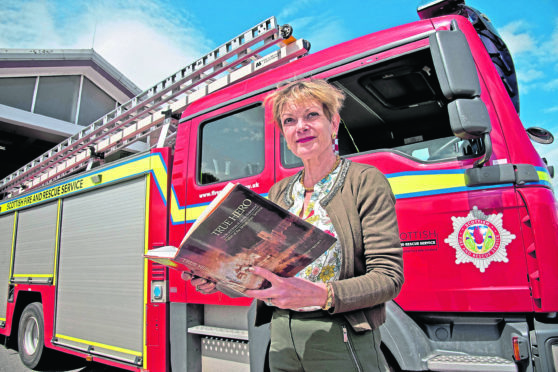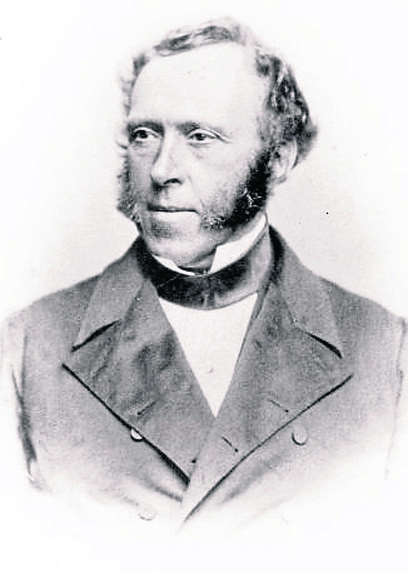He was known as the father of the modern day British Fire Service.
But tragically, on June 22 1861, James Braidwood was killed in the great Tooley Street Fire in London as he lead his men from the front in fighting a warehouse blaze which raged on for two weeks.
Now, his great great great grand-daughter, Diana Hamilton-Jones, who lives in Fortrose, is aiming to raise awareness of his pioneering exploits. And Mrs Hamilton-Jones is currently trying to get the Royal Mail to produce a James Braidwood stamp in time to celebrate the bicentenary of the founding of the first municipal fire service in 2024.
She also hopes that an old fire station in central Edinburgh, his birthplace, could potentially be used to house some of Mr Braidwood’s artefacts, as a small part of the much larger Scottish fire service museum.
She said: “James Braidwood remains very much an unsung hero, which almost certainly is the way he would have preferred it, but not the way that it should be.”
Mr Braidwood, born in 1800, trained as a surveyor while working for his father’s building business in Edinburgh.
This provided him with extensive knowledge of building materials and housing conditions in the city’s Old Town.
After a series of deadly fires in the city, culminating in the Great Fire of Edinburgh in 1824, the police authorities and insurance company brigades who until then were responsible for extinguishing fires, were persuaded to work together instead of competitively.
Mr Braidwood’s uncle, William, who for several years worked at one of the city’s biggest insurers, was influential in his appointment as the first Superintendent of Fire Engines at the age of 24, forming the world’s first municipal fire brigade.
By 1830, Mr Braidwood had developed a scientific approach to firefighting and had written the first book on the subject in the English language – and he kept log books reflecting his experience and learning from each fire.
News of his success spread to London and, in 1832, he was called down and became the first Superintendent of the London Fire Engine Establishment.
During his time there he carried out fire prevention surveys at Buckingham Palace and the Royal Naval Dockyards, and challenged large institutions to review how they operated.
He also invented one of the first forms of breathing apparatus during his time in the capital.
But not all of his advice on fire prevention, especially concerning the building of warehouses and storing of combustible goods in them and calls for more fire hydrants, was taken in time to save him from his premature death at the age of 61.
Mr Braidwood, a devoted Christian, died fighting the Great Tooley Street Fire after a wall collapsed and fell on him as he went to aid his men.
His funeral was described at the time as “one of the most imposing” in the city since the service for the Duke of Wellington.
More than 2,000 army personnel and police officers marched in the cortege and tens of thousands of people lined the streets – and Queen Victoria remarked on the sadness of his death.
To this day, his funeral remains one of the biggest ever accorded to a “commoner” in London.
Quoting from the book, True Hero by Brian Henham, Mrs Hamilton-Jones added: “He was a true pioneer, a man of vision, a man for his time, a man strong both in body and mind. He created a new science where none existed before. He gave his life’s effort often against overwhelming odds and finally he gave his life, all in the struggle against the scourge of fire.”
In September 2008, a large bronze statue of James Braidwood was unveiled in Edinburgh’s Parliament Square.











